Category: Penguin cover (James’s project)
Penguin cover
A Night at the Movies
Cinderella Penguin Cover
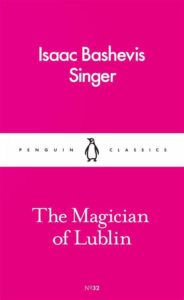
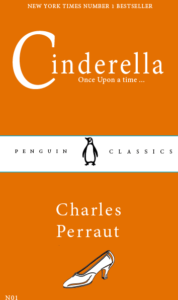
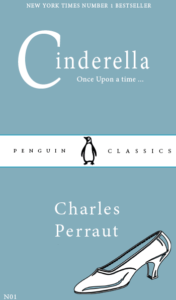
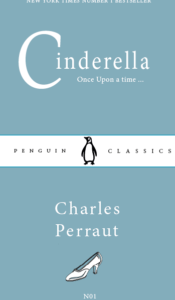
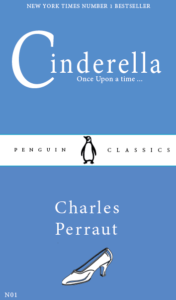
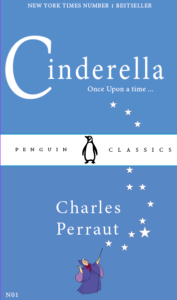
I decided to take a different approach to designing my second penguin book cover, instead I was inspired by the ‘Pocket Penguin’ collection. I chose this collection because the simplicity of the design was a good base to work from and adapt. I firstly used the classic penguin orange, inspired by the original classic covers. I moved away from the ‘pocket book’ and placed the title at the top half of the book because we read from the top to the bottom of a page and I wanted readers to see the name of the novel first. For the title itself, I made the C larger to create that magical affect usually seen on fairy tale novels, almost looking like a moon. I tested out different typefaces to also convey this so I chose the Serif font ‘Minion Pro’ as it looks both elegant and simple. I wanted to add a feature image to appeal more to the children reading it, I then changed the size of the silver slipper but it became too distracting and stood out more than the title and author. I then wanted to replicate the use of vibrant colours used by the classic covers, as the vibrant colours represented their genre.
The Great Gatsby
I am fairly new to using InDesign so this took a lot longer than I thought it would. Using the paragraph styles was something that I haven’t done before and thought it was fairly time consuming, but when I changed the text for my spin off version, there was no extra work require, since it was like a template.
Good Omens
Brief
Complete the Great Gatsby cover we began in class, ensuring that, as much as possible, every detail is a match for the photograph we are copying. There is no need to ‘distress’ the paper. If you like, have a go at changing the colour of the book (perhaps use another well known Penguin colour) and change the book title and author to something else, to prove that your file is robust.
Once you have completed part 1, select another book and author – ideally something you have enjoyed or which means something to you. Something you know well. Inspired by the David Pearson’s Penguin cover for 1984, or both other artists or designers whose work you enjoy, create a new cover for your chosen book that:
-
- Sticks to the basic rules of your first classic Penguin
- Introduces new elements, or alters existing elements to create something funny / witty / insightful / relevant to the content or nature of your chosen book.
Process
After finishing the initial penguin book cover tutorial, I decided to have a go at changing some different elements of the book to see if I properly understood how the mechanisms in Indesign we learned worked and how to use them. For example making my own style sheets and making the cartouche again were especially good ways to see if i remembered how to make and use them, instead of just copying the tutorial. For the alternate version, I decided to make the cover for ‘Heartstopper Vol. 1’ by Alice Oseman. As the original is illustrated, I wondered how it would look as a penguin cover which is much simpler.
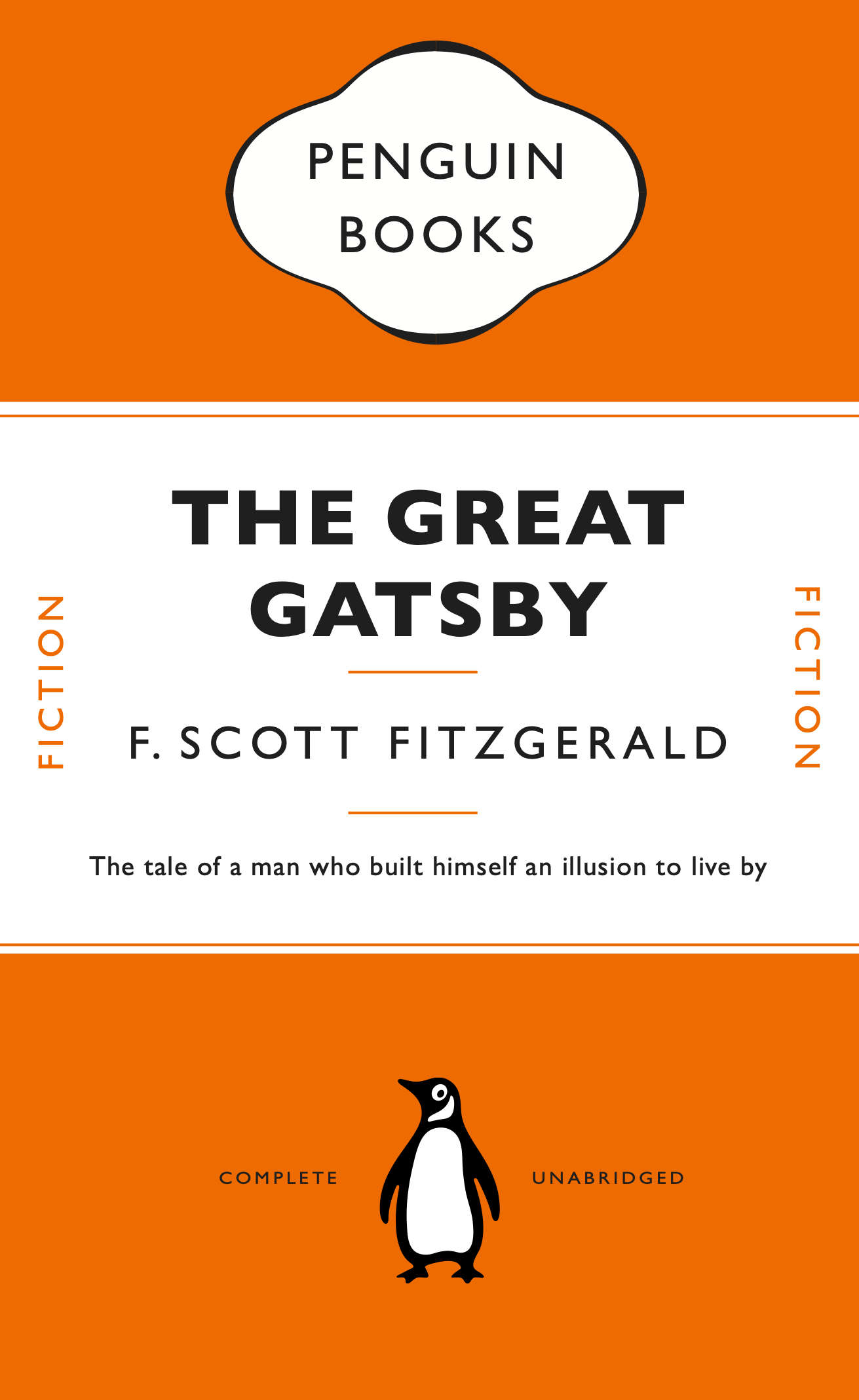
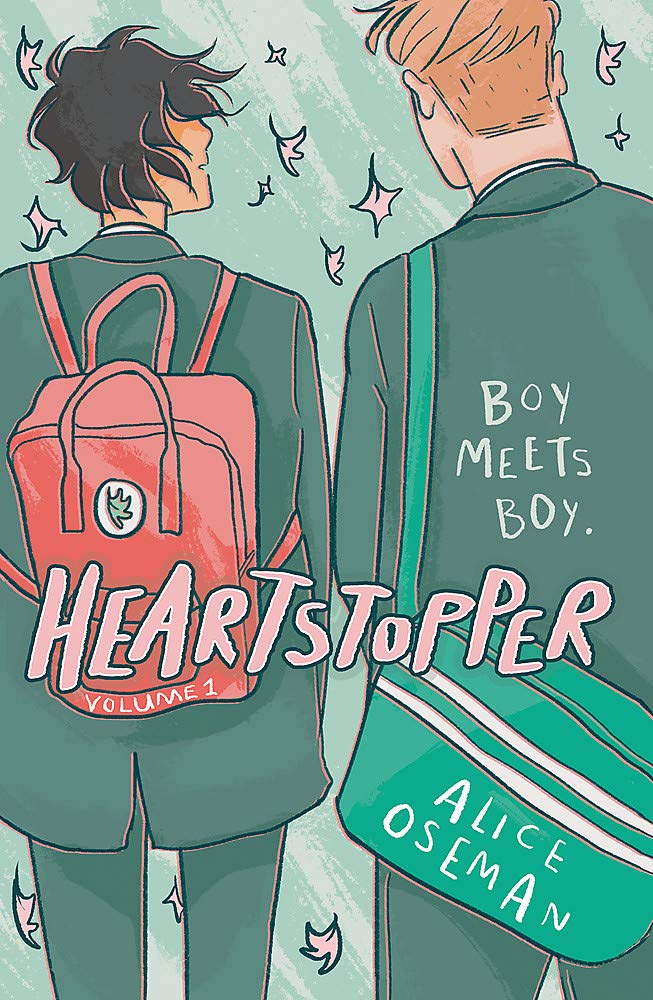
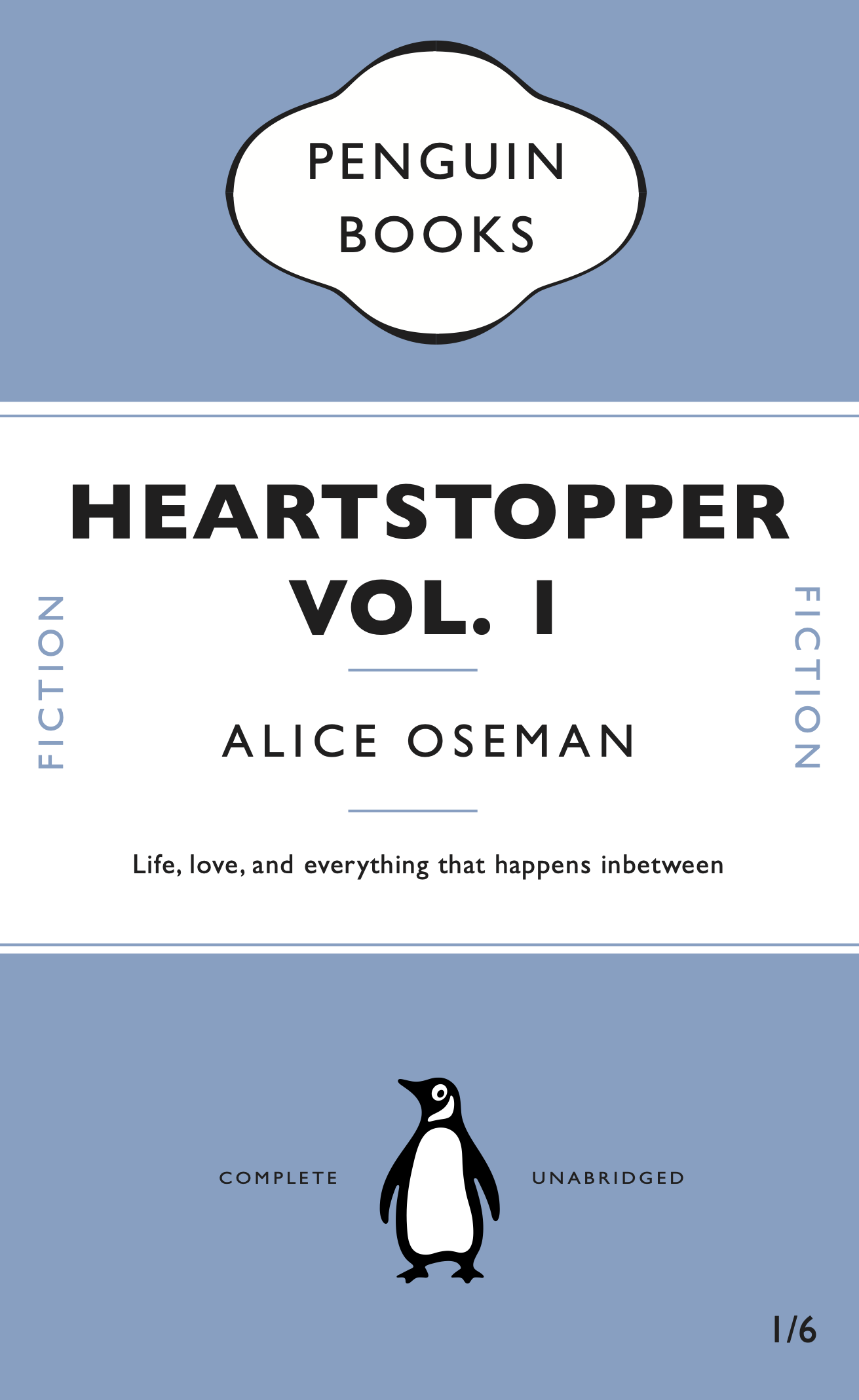
PDF’s for the two covers:
The Great Gatsby 01 Heartstopper 02
For the second part of the brief, I decided to use the book Good Omens by Neil Gaiman:
“[A] somewhat fussy angel and a fast-living demon — each of whom has lived among Earth’s mortals for many millennia and has grown rather fond of the lifestyle — are not particularly looking forward to the coming Rapture. If Crowley and Aziraphale are going to stop it from happening, they’ve got to find and kill the Antichrist (which is a shame, as he’s a really nice kid). There’s just one glitch: someone seems to have misplaced him. . . .”¹
In the book, the demon Crowley is often portrayed by a black and red snake, while the angel Aziraphale is usually only shown with wings to identify his true identity; another common motif for Aziraphale is his flaming sword. As these are the most commonly known portrayals of the two characters, I thought that including these would be the best way to make the cover more interesting while tying in the theme of the book.
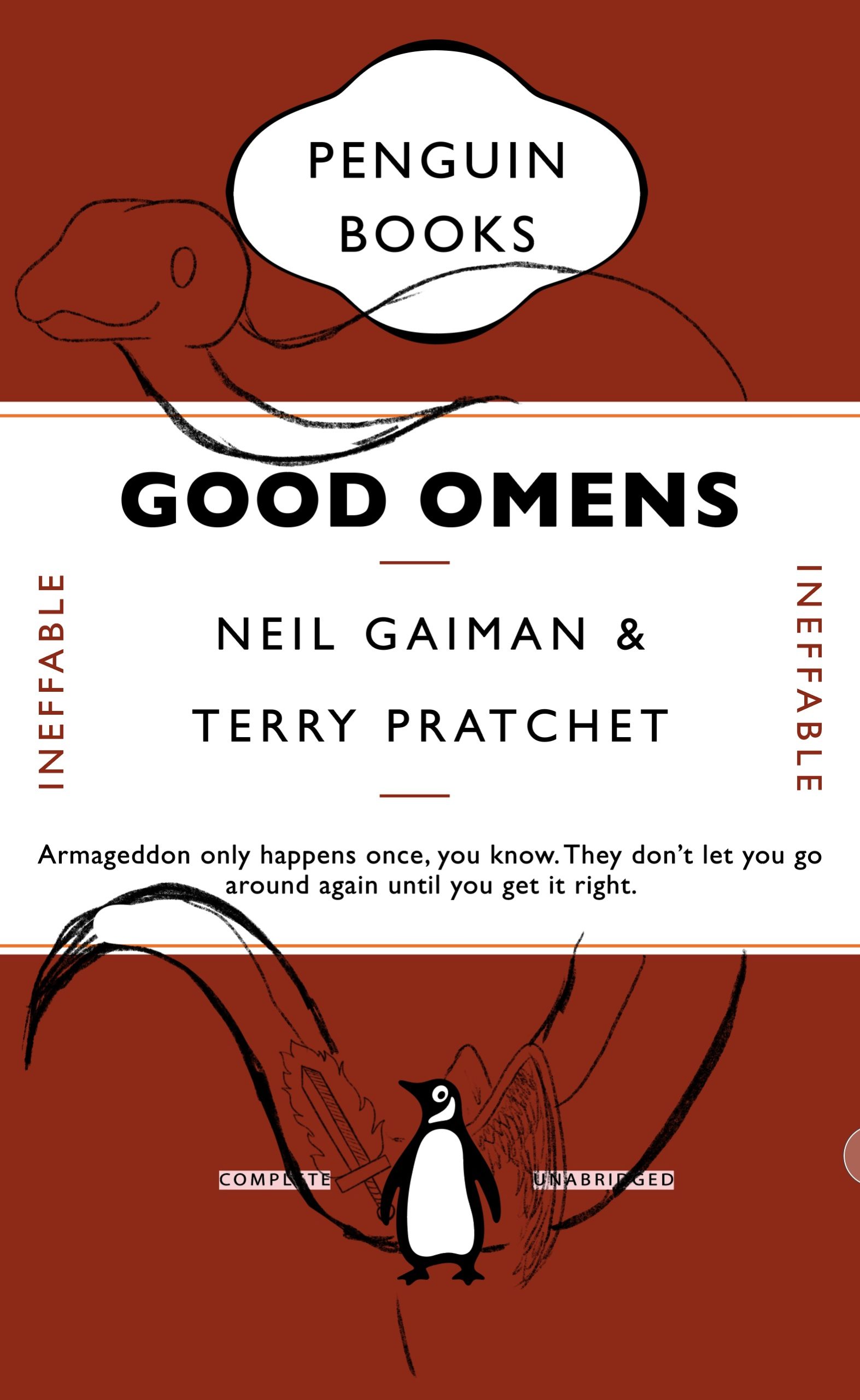 I started by altering the details of the cover such as the title and author, as well as the small words on either side of the cover. After changing these main elements I took a picture of the altered cover and began to sketch the snake, angel wings and flaming sword over it. I decided to put the snake around the middle banner of the cover, as though it was coiling/hanging over it, and used the wings and sword to decorate the penguin. After sketching it out in Procreate, I transferred it to Illustrator and traced a clean, smooth outline using the pen tool. To make the colouring process easier, I took it back to Procreate and coloured it using a monoline brush to create flat colours. I saved the finished illustration as a PNG to make it transparent and placed it in InDesign.
I started by altering the details of the cover such as the title and author, as well as the small words on either side of the cover. After changing these main elements I took a picture of the altered cover and began to sketch the snake, angel wings and flaming sword over it. I decided to put the snake around the middle banner of the cover, as though it was coiling/hanging over it, and used the wings and sword to decorate the penguin. After sketching it out in Procreate, I transferred it to Illustrator and traced a clean, smooth outline using the pen tool. To make the colouring process easier, I took it back to Procreate and coloured it using a monoline brush to create flat colours. I saved the finished illustration as a PNG to make it transparent and placed it in InDesign.
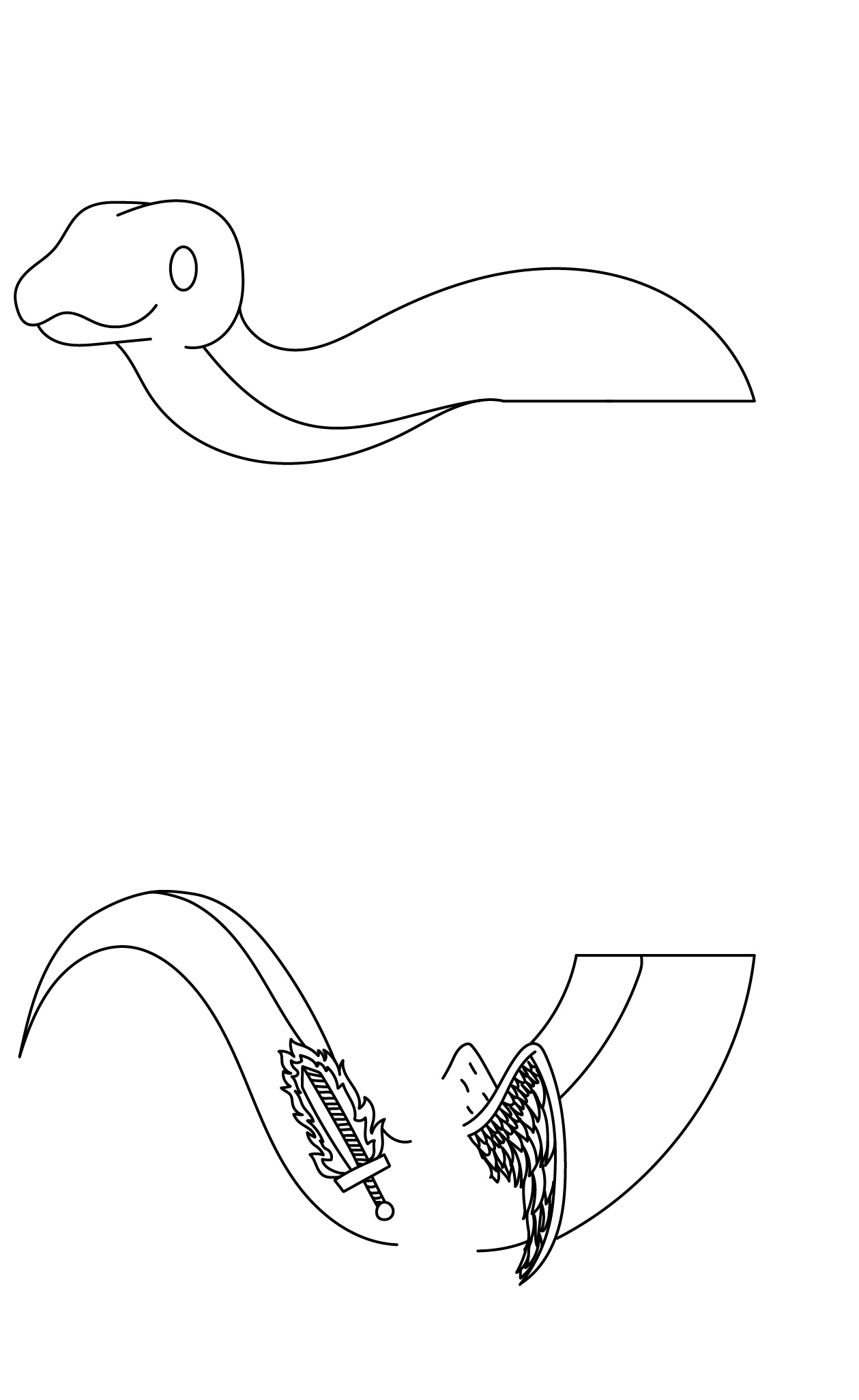
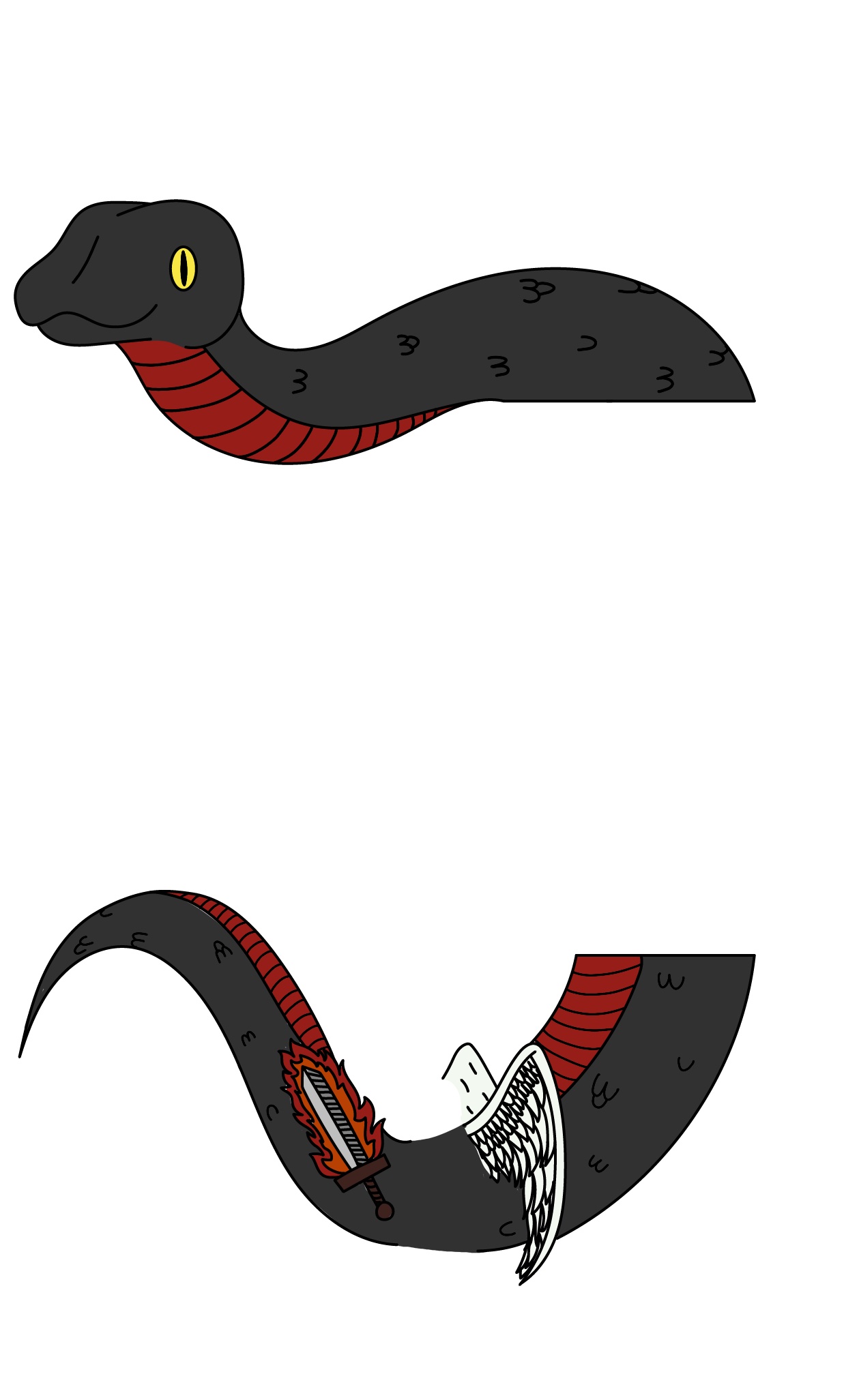
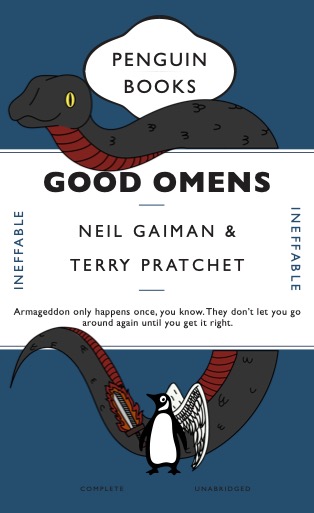
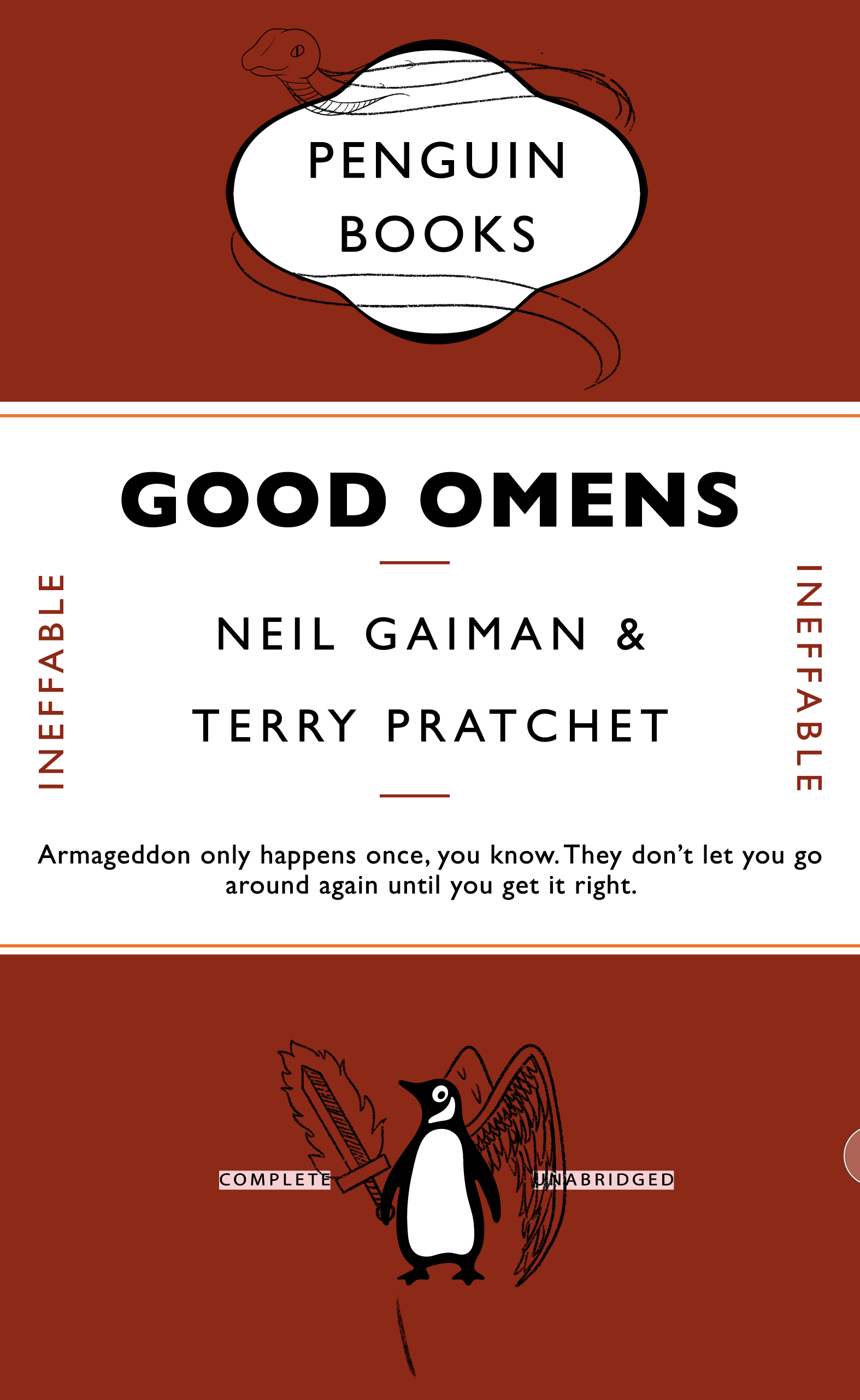 However drawing the snake hanging over the banner looked too imposing and didn’t mould well with the rest of the cover’s components, whereas because the wings and sword were smaller to be added to the penguin, they fit in. For this reason, I thought about making the snake smaller so it blended in well – the only problem being its placement. Going back to my initial idea, I thought about having the snake wrap around something, but wasn’t sure about where to put it. After confiding with some peers, I decided to make it go around the cartouche. I thought this was rather ironic, having the representation for the demon at the top, and the angel at the bottom.
However drawing the snake hanging over the banner looked too imposing and didn’t mould well with the rest of the cover’s components, whereas because the wings and sword were smaller to be added to the penguin, they fit in. For this reason, I thought about making the snake smaller so it blended in well – the only problem being its placement. Going back to my initial idea, I thought about having the snake wrap around something, but wasn’t sure about where to put it. After confiding with some peers, I decided to make it go around the cartouche. I thought this was rather ironic, having the representation for the demon at the top, and the angel at the bottom.
Again I sketched it in Procreate, but I decided not to trace it in Illustrator; after the first attempt of the cover, the smooth lines and flat colour looked somewhat out of place and too modern for a classic cover. So I made the decision to use a textured brush from Procreate and drew an outline that looked more like a pencil drawing or rustic print. I was much happier with how this looked, to took it forward and began to colour it; similarly to the outline, the flat colour didn’t merge well with the aesthetic of the cover, so I coloured it with a charcoal textured brush, making the colour slightly speckled and not entirely even. I was much happier with this result as it looked more fitting for a classic cover, and the added illustrations were balanced in their placement. For the main colour of the book, I settled for a deep blue that still allowed you to see the outlines of the illustrations and created a good contrast with the warmer colours used.
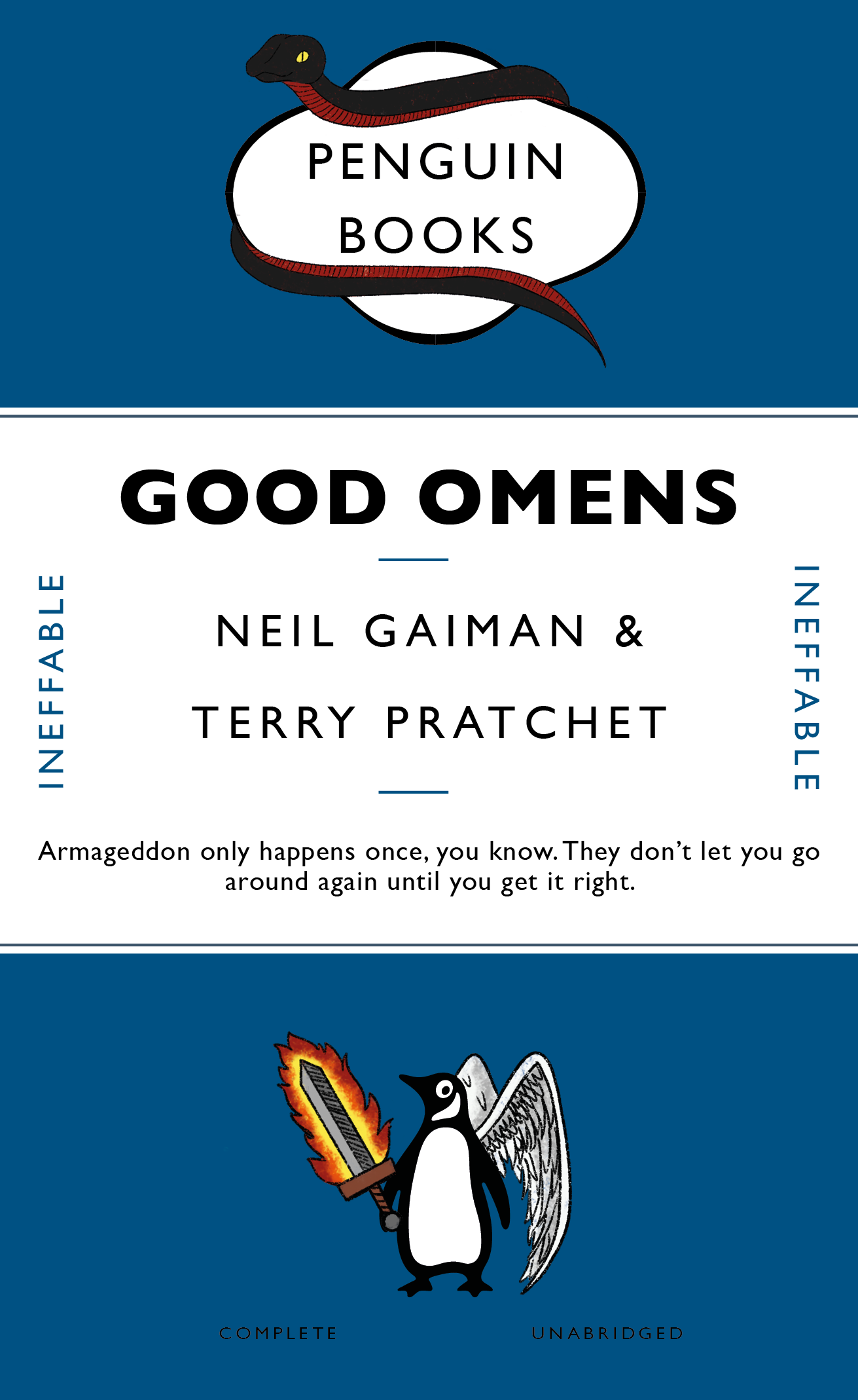 Reflection
Reflection
Overall I really enjoyed this project as an introduction to using Indesign and it covered a lot of the main features that we will use in future tasks, while still allowing us to have some creative freedom and explore with it. Doing this project also made me understand why working with peers is very important – if I hadn’t confided with the people around me, I wouldn’t have been able to complete this project to a higher standard. Furthermore creating this cover made me think about how to develop something that already looks ‘finished’ even further and how to introduce a new theme, in this case the book’s premise, into something that already exists, and how to tie the two together. I think this project helped me make a confident start with using the InDEsign software, and developed my critical thinking skills.
Final cover PDF: Good Omens 03
¹taken from https://www.neilgaiman.com/works/Books/Good+Omens/
Milk and Honey
This was for James’s project. We had to create our own versions of a penguin book that he taught us how to make in InDesign.
For my own design I chose one of my favourite books Milk and Honey by Rupi Kaur. I kept the same traditional penguin design, but I made it look like Kaur’s original book by changing it to a black cover and different fonts. I did some research and found the bee images (since I had no idea how to draw them) and got rid of the penguin. I wanted it to give off the same feel of the book I was recreating.
The only thing that bothers me is:
– the crop lines within the cartouche and the fact that it’s slightly placed more to the left and not centred (maybe I’m being paranoid, I’m not really sure)
– and how the image looks pixelated and not clear
Other than those two things, I’m quite happy with it.
The Tiger Who Came To Tea
I have designed a book cover for my favourite childhood book ‘The Tiger who came to Tea’ in the style of the classic Penguin books, using InDesign. I have kept the cartouche as well as the logo and the same type face of Gill Sans seen throughout the original covers as well as the overall layout. I have however, changed the background to reflect the tiger, and have used colours to resemble the colours seen on the original over of the book; including, blue, purple and pinks. I like how this as turns out as it reflects both the book and the Penguin style, however, if I had more time, I would draw a tiger to replace the penguin logo to be of more relevance.
The Great Gatsby
I have recreated the classic Penguin cover, using InDesign, to practice my skills and gain some new ones by learning to draw different shapes as well as adjusting the leading, tracking and kerning of characters to reflect the original. I like the overall outcome, however if I had more time, I would redraw the cartouche shape to be more accurate and seamless.
‘The New Library’ Penguin Book Design:
For this Penguin Cover project, I made sure to apply what I learnt from the tutorial video in order to make the process of creating my personally designed cover more methodical by using paragraph and character styles in my work. From this, I got very similar layouts from the original penguin design to my own internet inspired design. From this template I was able to add different fonts and text without effecting the layout of the design.
Great Expectations
For this task, I recreated the cover of Great Expectations by Charles Dickens. I took inspiration from David Pearson’s cover of Nineteen Eighty-Four. David Pearson’s cover took themes from the book and communicated that visually through a small change/addition. Great Expectations has many themes but the predominant one is becoming a gentleman in Victorian England. I used my template from The Great Gatsby to make the bulk of my cover and then created a small top hat on Adobe Illustrator to convey the theme of gentlemen in society in the 19th Century.
